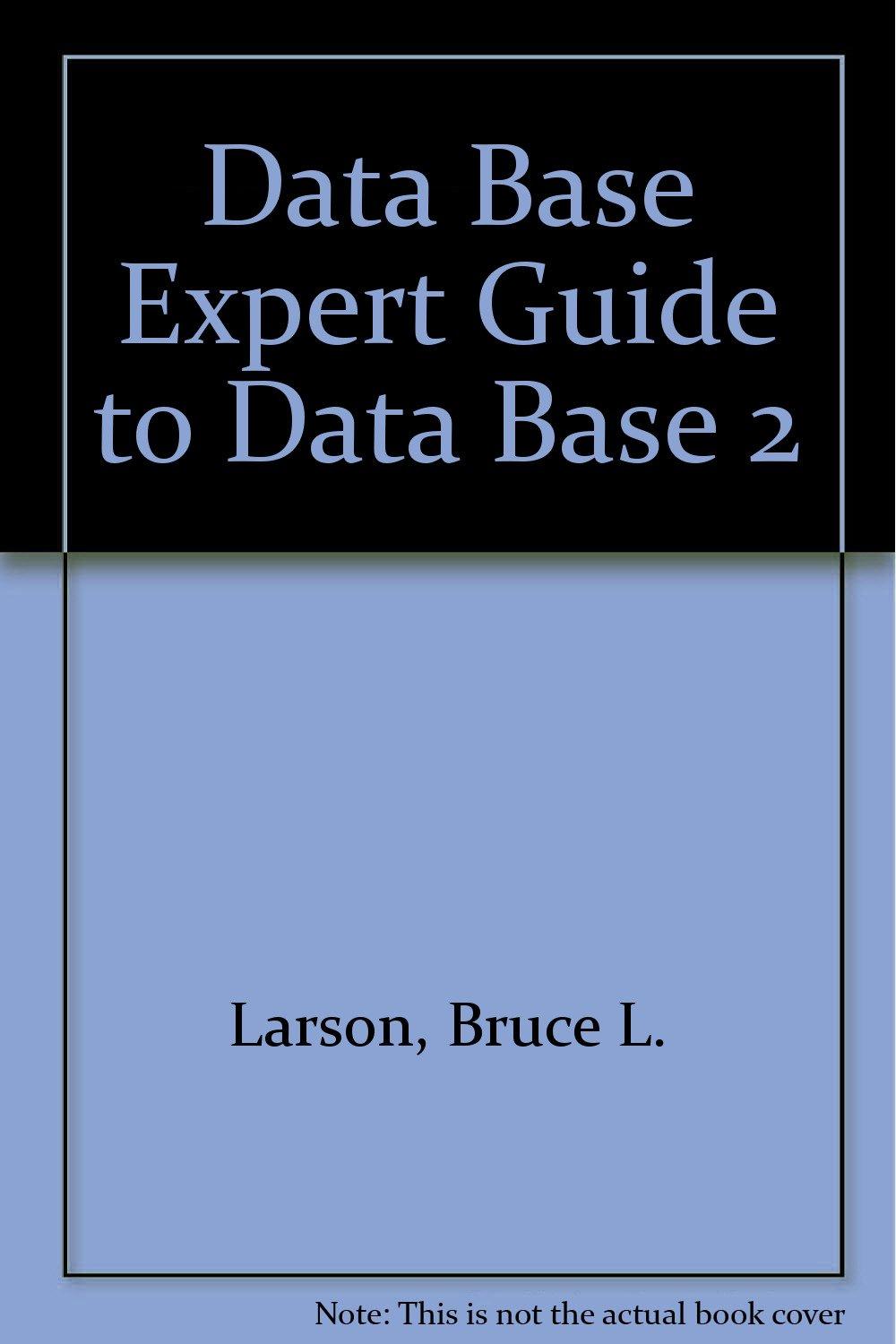Question
Language Python Run the program for this example Randomly shuffle the hospitals order in the example. Run your program and report any changes in the
Language Python

Run the program for this example Randomly shuffle the hospitals order in the example.

Run your program and report any changes in the obtained results. How does the order of hospitals affect the matching?
Here is the reference code that you need to use, and you can modify as you want:
# Python program for stable marriage problem
# Number of Men or Women N = 4
# This function returns true if # woman 'w' prefers man 'm1' over man 'm' def wPrefersM1OverM(prefer, w, m, m1): # Check if w prefers m over her # current engagement m1 for i in range(N): # If m1 comes before m in list of w, # then w prefers her current engagement, # don't do anything if (prefer[w][i] == m1): return True
# If m comes before m1 in w's list, # then free her current engagement # and engage her with m if (prefer[w][i] == m): return False
# Prints stable matching for N boys and N girls. # Boys are numbered as 0 to N-1. # Girls are numbered as N to 2N-1. def stableMarriage(prefer): # Stores partner of women. This is our output # array that stores passing information. # The value of wPartner[i] indicates the partner # assigned to woman N+i. Note that the woman numbers # between N and 2*N-1. The value -1 indicates # that (N+i)'th woman is free wPartner = [-1 for i in range(N)]
# An array to store availability of men. # If mFree[i] is false, then man 'i' is free, # otherwise engaged. mFree = [False for i in range(N)]
freeCount = N
# While there are free men while (freeCount > 0): # Pick the first free man (we could pick any) m = 0 while (m
# One by one go to all women according to # m's preferences. Here m is the picked free man i = 0 while i
# The woman of preference is free, # w and m become partners (Note that # the partnership maybe changed later). # So we can say they are engaged not married if (wPartner[w - N] == -1): wPartner[w - N] = m mFree[m] = True freeCount -= 1
else: # If w is not free # Find current engagement of w m1 = wPartner[w - N]
# If w prefers m over her current engagement m1, # then break the engagement between w and m1 and # engage m with w. if (wPrefersM1OverM(prefer, w, m, m1) == False): wPartner[w - N] = m mFree[m] = True mFree[m1] = False i += 1
# End of Else # End of the for loop that goes # to all women in m's list # End of main while loop
# Print solution print("Woman ", " Man") for i in range(N): print(i + N, "\t", wPartner[i])
# Driver Code prefer = [[7, 5, 6, 4], [5, 4, 6, 7], [4, 5, 6, 7], [4, 5, 6, 7], [0, 1, 2, 3], [0, 1, 2, 3], [0, 1, 2, 3], [0, 1, 2, 3]]
stableMarriage(prefer)
Implement the following code in any appropriate PL: GALE-SHAPLEY (preference lists for hospitals and students) INITIALIZE M to empty matching. WHILE (some hospital h is unmatched and hasn't proposed to every student) s first student on h 's list to whom h has not yet proposed. IF ( s is unmatched) Add hs to matching M. ELSE IF ( s prefers h to current partner h ) Replace hs with hs in matching M. ELSE hospitals' preference lists students' preference listsStep by Step Solution
There are 3 Steps involved in it
Step: 1

Get Instant Access to Expert-Tailored Solutions
See step-by-step solutions with expert insights and AI powered tools for academic success
Step: 2

Step: 3

Ace Your Homework with AI
Get the answers you need in no time with our AI-driven, step-by-step assistance
Get Started


